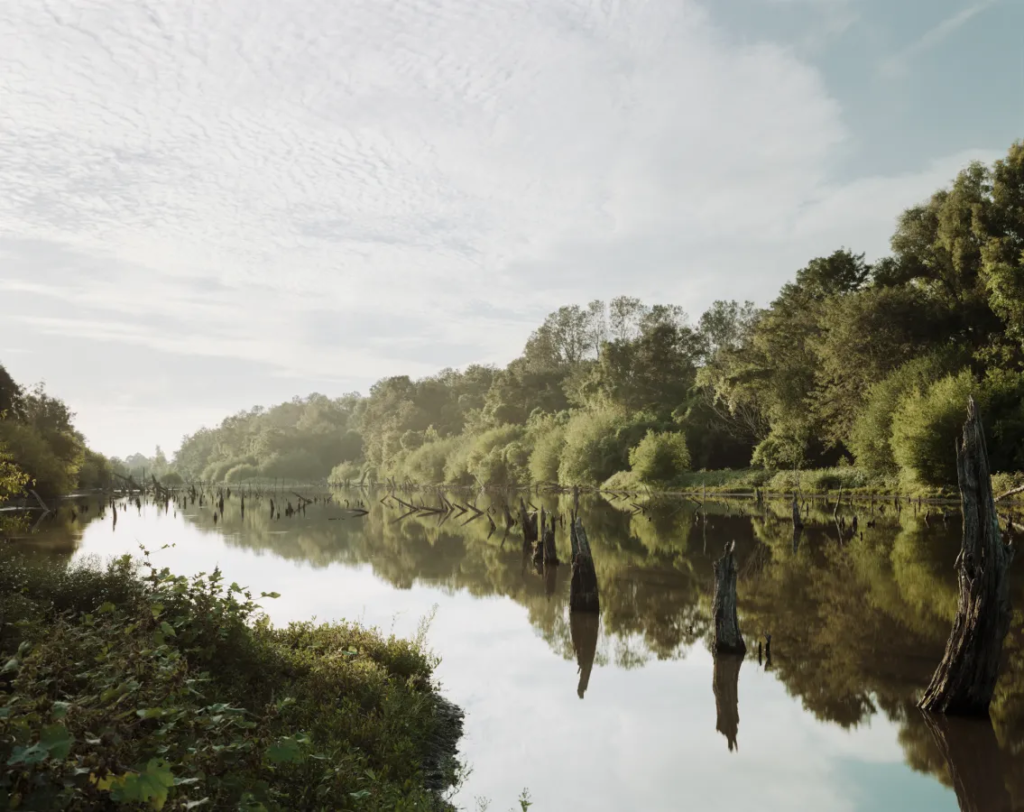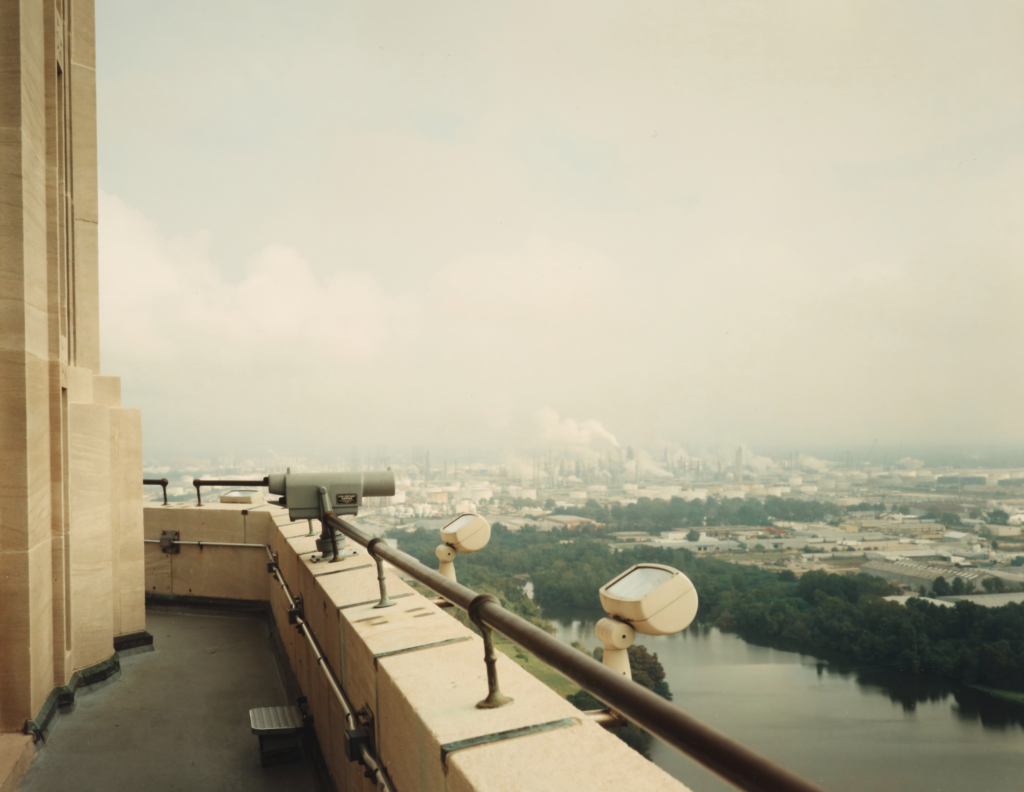Introduction
Richard Misrach is one of the most influential photographers of his generation. In the 1970s, he helped pioneer the renaissance of color photography and large-scale presentation that are in widespread practice today. Best known for his ongoing series, Desert Cantos, a multi-faceted approach to the study of place and man’s complex relationship to it, he has worked in the landscape for over 40 years.


“I’ve come to believe that beauty can be a very powerful conveyor of difficult ideas.”
A recent chapter of the series, Border Cantos, made in collaboration with the experimental composer Guillermo Galindo, explores the unseen realities of the US-Mexico borderlands. This work was exhibited at the museums such as the Amon Carter Museum of Art. In the most recent chapters, Premonitions and The Writing on the Wall, Misrach documents graffiti on abandoned buildings throughout the Southwest and Southern California, finding an angry and ominous response to the political climate before and after the 2016 election. Both series premiered at Fraenkel Gallery.






Having hoped that Telegraph 3 AM would help improve life on the streets, Misrach was frustrated by the book’s minimal impact and retreated to the deserts of Southern California, Arizona, and Baja California, where he took photographs devoid of human figures entirely. Working at night with a strobe that illuminated the landscape around him, he experimented with unusual printing techniques in the university darkroom and created richly hued, split-toned silver prints. A resulting 1979 book was published without a title or a single word of accompanying text besides nominal identifying information on the book’s spine.
“To me, the work I do is a means of interpreting unsettling truths, of bearing witness, and of sounding an alarm.”

Misrach’s book Desert Cantos received the 1988 Infinity Award from the International Center for Photography, and his Bravo 20: The Bombing of the American West, co-authored with Myriam Weisang Misrach, was awarded the 1991 PEN Center West Award for a nonfiction book. His Katrina monograph Destroy This Memory won Best Photobook of the Year 2011 at Photo Espana. He has received four National Endowment for the Arts Fellowships, a Guggenheim Fellowship, an International Center of Photography Infinity Award for a Publication.
Petrochemical America
Petrochemical America represents a unique collaboration between photographer Richard Misrach and landscape architect Kate Orff. Presented in two parts, the first features Misrach’s photographs of the Mississippi River industrial corridor, stretching from Baton Rouge to New Orleans—one of America’s most industrialized places, and a region that first garnered public attention as “Cancer Alley” because of the unusual occurrences of cancer in the area.




The second part of the book integrates these photographs into a series of visual narratives created by Kate Orff and her office, SCAPE, and unpacks the complex cultural, physical, and economic issues of the region. A Glossary of Terms and Solutions for a Post–Petrochemical Culture brings together case studies, tools, and practices that offer models for change.
Link to my project: my favourite part of this project is the types of images that Misrach takes, some are from very far away and others are location very close to what he would like to photograph. I think that this is what I would like to recreate when taking my own images, as locations such as La Collete provide good opportunities to take images such as these. For example, an image could be taken with a very large lens of the incinerator, and then close up images could be taken of inside this building, as high-quality images could illustrate all of the intricate wires and cables.

This image is of my favourites from Richard Misrach’s ‘Petrochemical America’ collection. I think that this image is one that is very eye-catching and identifiable. The composition of this image along with the wide depth of field means that lots of the Louisiana’s landscape can be illustrated in this image alone. The tone of this image being a warmer may be an indication that Misrach feels strongly about the county, this is supported by the fact that so much of his work is focused in this location. Being one of the most populated and photographed places in America, this is important as Misrach having many images from this location means that he has many examples of Anthropocene, and this image being a great visual example of this work.
